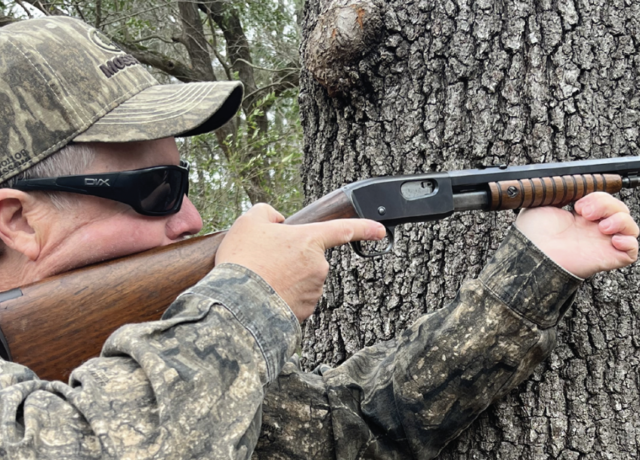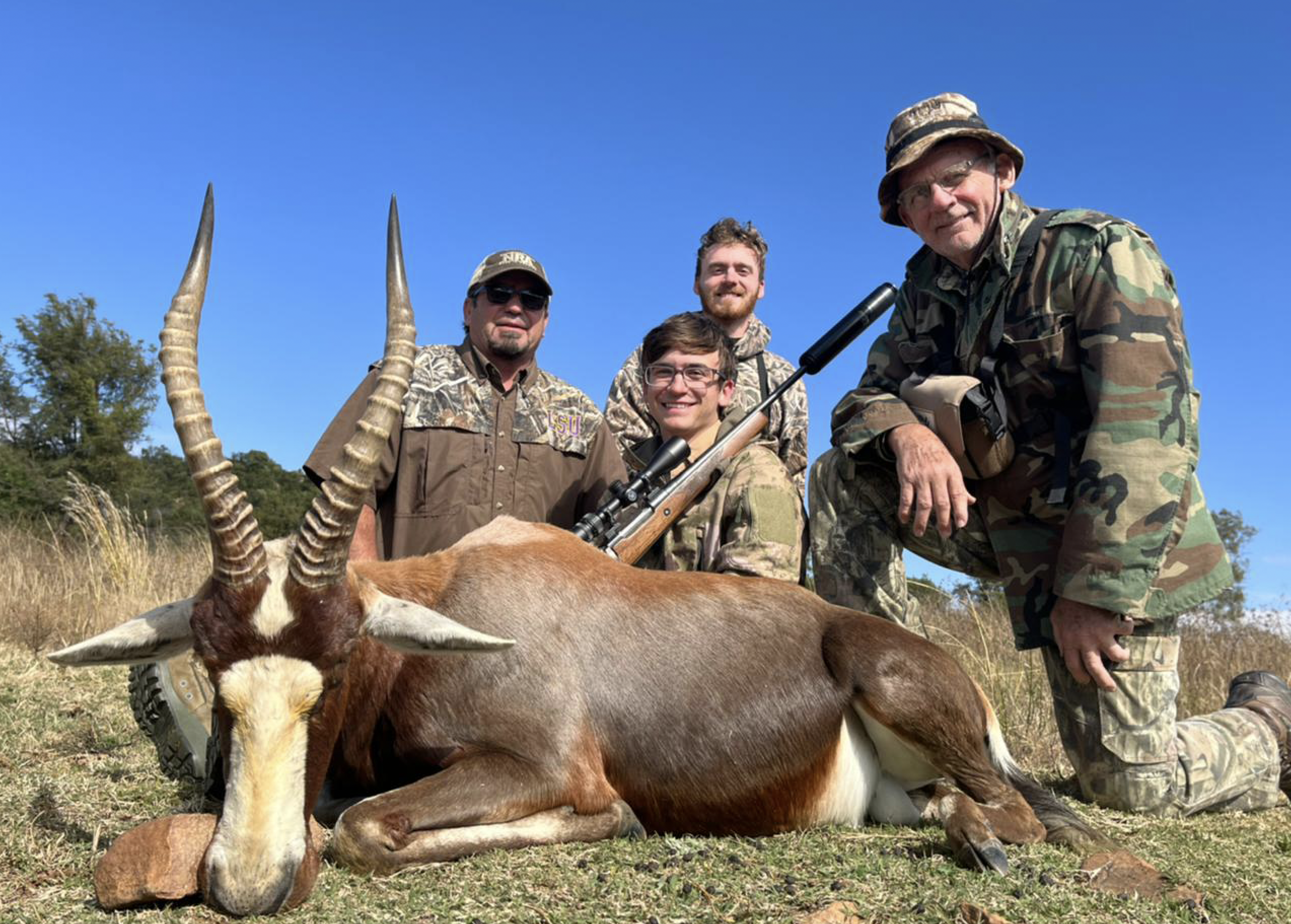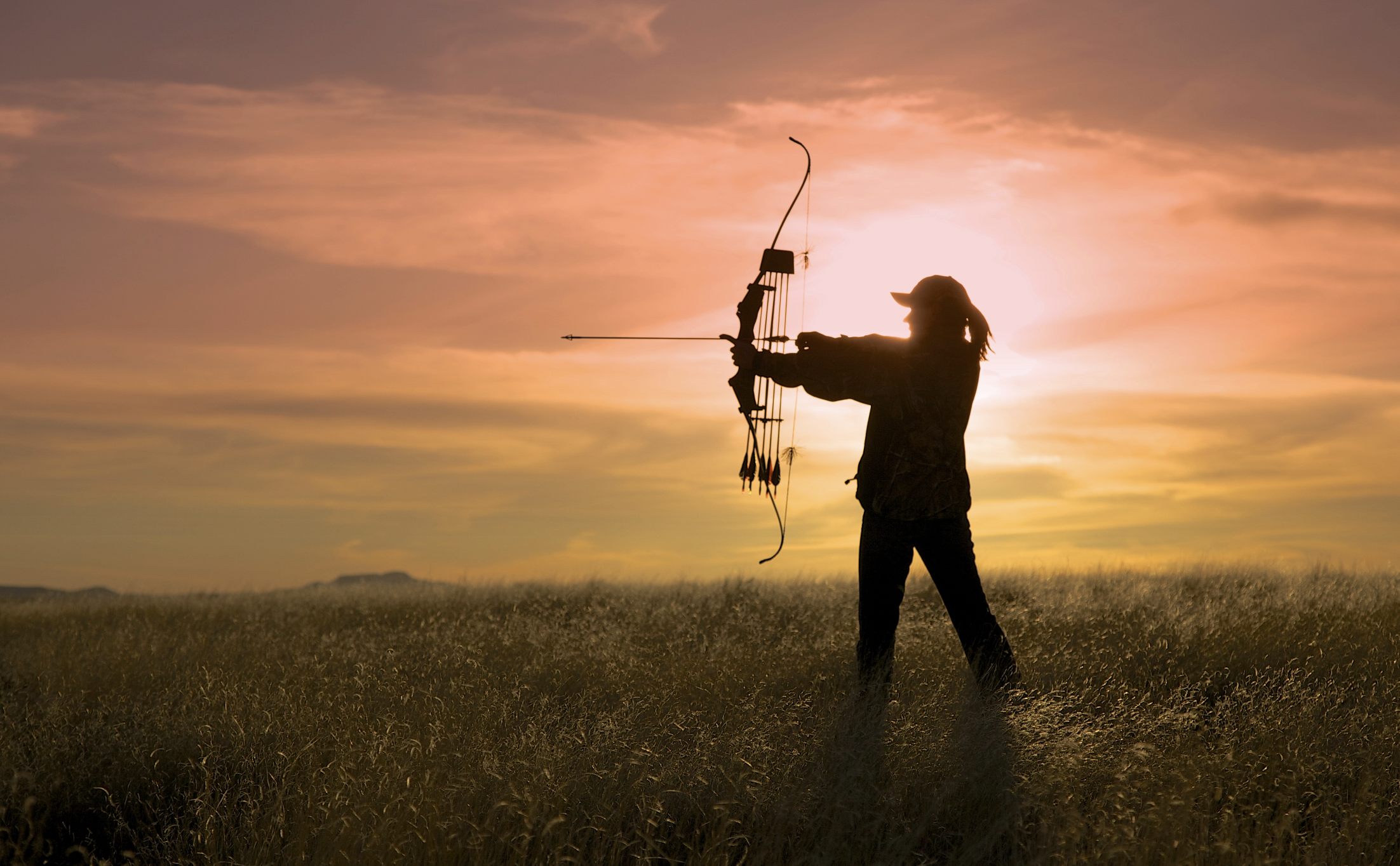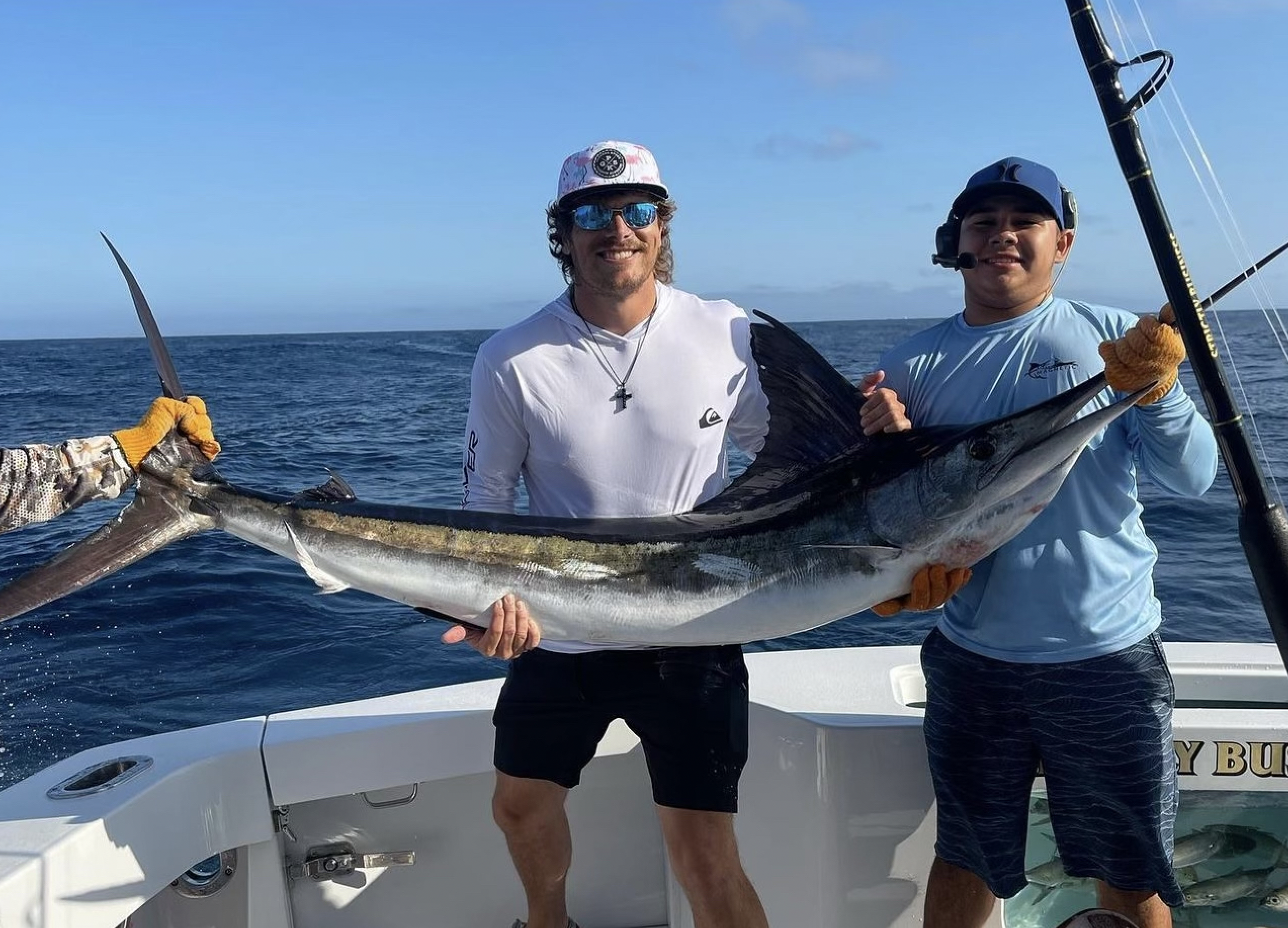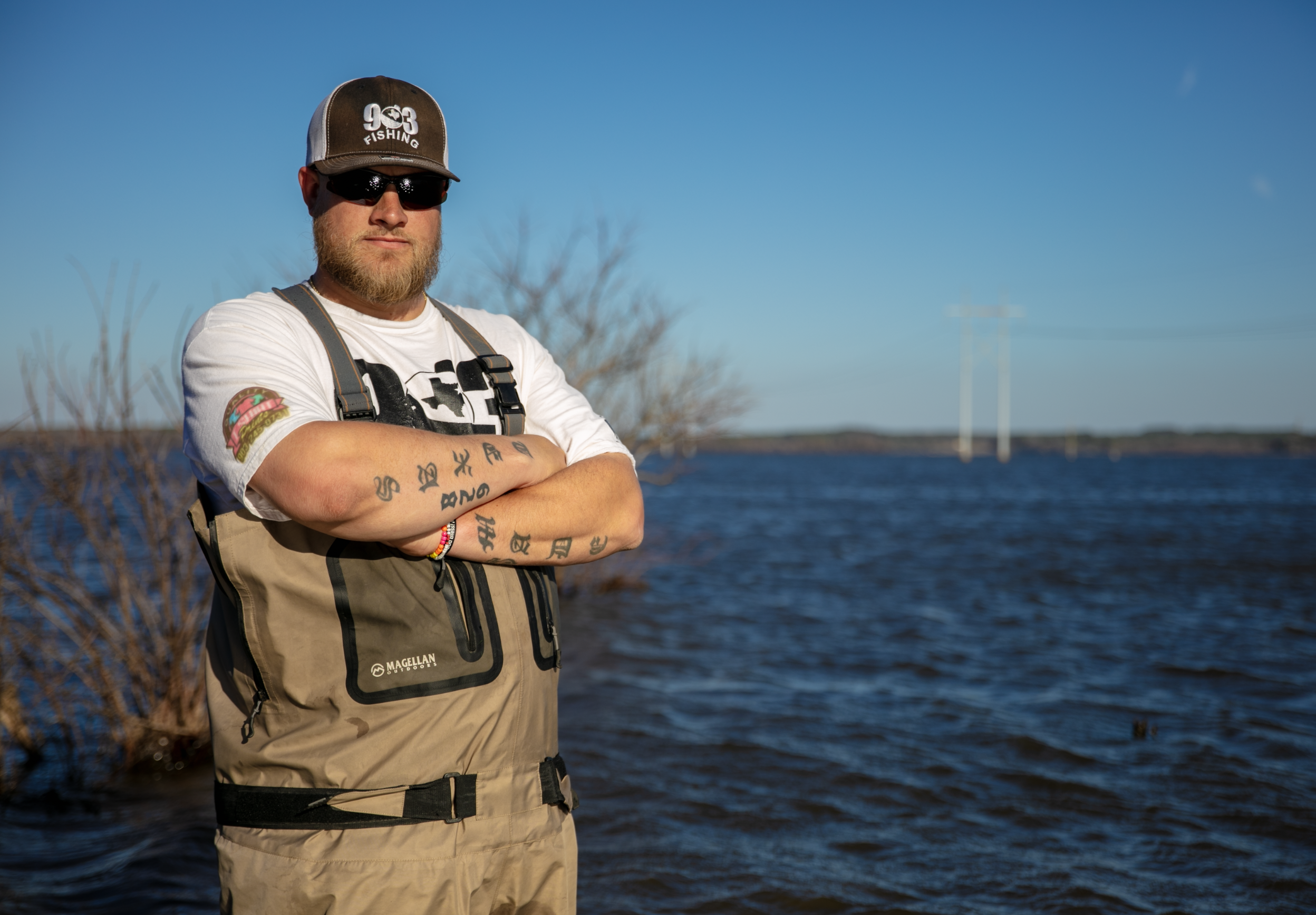by Royce Jordan
I’m walking through the cold January woods just after regular deer season in East Texas looking for that little “yankee bird”… the woodcock. The air is frigid and in my peripatetic search for the feathery explosion I pause for a moment, glancing at the chosen device in my hands. The weathered metal still showed faded blueing, and the well-handled furniture, or stocking, has the scratches and manner marks of wear that only a piece of well-carved wood could provide.
The gun is a 1940’s model 24, manufactured by Winchester. The model, without a doubt, was one of the ugliest side-by-side shotguns ever made but was a hearty shootin’ iron that was affordable to the working man right at, and after, World War II. The shotgun is 20 gauge, cylinder and improved-cylinder choked, and is perfect for flushing small birds. The feel of the wood and metal is a perfect balance, and makes for a solid piece of equipment.
Holding that firearm in my hands, I imagine how it felt to be the original owner when the piece was first removed from the box. I suspect the gun cost an astounding $12.00 to $15.00 bucks back then, which was an incredible amount of money for folks that didn’t have any.
I come from a traditional hunting family. Though, I was not a pursuer of big game until my teens, I always had my hands in the small game and bird harvest. My father saw to it, and his father did as well. My grandaddy was one of the most awesome shots I ever witnessed. He was one of the farmers who knew the value of quality equipment, and the dollar that bought it. Grandaddy was a die-hard Browning man. In the dove fields, I would empty my Remington 1100 shotgun at a flying bird, and watch pitifully as Grandaddy would dump the bird with one shot, at any speed, distance, or angle. Granddaddy would follow up his harvest with “Go fetch my bird, Bub!” I just had to accept it.
I ponder the hunting guns of our grandpappys, and what makes these feel so much more like the America we know and love. I submit to you: the art of the hand-crafted, hand-fitted, hammer-forged, and hand-finished end result that is way too expensive for modern production. The ability to successfully partake with the tools our elder family and friends used for the harvest of foodand nourishment for the family is pure nostalgia!
Now, we could go back to the 20th Century to examine the firearms used at that time. Personally, I find a fascination with hunting firearms manufactured from 1930 through 1965. Firearms manufactured in this time frame were well into modern tempering practices used for making metal and iron stronger. For the most part, these are the years of manufacturing hunting guns which have been proudly handed down to the next generations and are still in the hands of ancestors of the original owner.
As I stated before, my Grandaddy was a Browning man for shotguns … period. He shouldered A-5s in 12 and 16 gauges that would hair lip an Olympic shooter. These humped backed receiver, round knob gripped, mule kicking, recoil operated, made in Belgium terrors to any flying creature were the only hunting shotgun in his mind. Hunters of that day seemed to prefer adjustable choke attachments from Weaver, Cutts, and Polychoke. One of the more interesting additions for the 1940s and earlier guns was the placing of the serial number everywhere on the piece, even the screws and magazine plug. I know the later versions, post mid-70s were made by Miroku in Japan. These are fine pieces of harvest equipment too, but many folks prefer the round-knob Belgium made guns.
Working man’s double barrel shotguns, like the Winchester 24 described above, were matched by the two-triggered Savage and Stevens models like the 311. They were not elegant, or “purty”, and were not as well finished as other brand names, but never failed to throw a decent pattern at flushing quail and woodcock. I took possession of a Stevens 311 A in .410 that is a delight to haul around and dwell on its history. The little gun points like a bird dog.
The World War II and mid-Century Winchesters, described as the “pre-64s” are without a doubt an American’s shootin’ irons. Post 1964 firearms began a cheaper manufacturing process that appeared to not sit well with the shooting public. Model 12 pump shotguns and Model 70 bolt action rifles top the list. “The Rifleman’s Rifle” built before this cost-cutting endeavor was rugged, accurate, and made you want to stand up and recite the Pledge of Allegiance. Give me a .270 Winchester, 30/06 Springfield, or 308 Winchester and step aside.
Winchester wasn’t alone in mid-century awesomeness. The Model 94 lever action rifles competed with the Marlin lever guns … the “Waffle Tops”, for hand-fitted dominance. Marlin continued making hardy levers well past the mid 60s, just to give you an idea of its prowess.
One of the best .22 rimfire rifles I ever received and hunted with came from my “Pappy”, a Remington model 12 C pump. The rifle was so accurate the results made you look better than you could actually shoot. The rifle has very small sights though, and reminds me of my age and the older eyes that go with it.
Speaking of Remington, “Big Green” had big game guns come my way in the Model 700 bolt action rifles. If you will recall from the Winter 2023 edition of Life and Land, the late Lane Palmer discussed his prized possession, a Remington model 721 bolt action that belonged to his great-grandparents, and the pleasure he got from hunting with this family treasure.
Our parents and grandparents hunted with the above shooters, but they made use of pistols and revolvers for trap lines and dispatching critters. A fiercely accurate .22 pistol, a series 1 Colt “Woodsman” uses standard velocity shells and is as steady as you are. Harrington and Richardson, good ol’ H&R, made the “Sportsman” 9-shot, break-open revolver that feels and shoots like revolvers costing hundreds of dollars more.
I’ve spent a lot of time walking the aisles at gun shows here in Texas, which is so wonderful that we still have a free state to do this in. There is no ambiguity in the meaning of our Second Amendment to the United States Constitution. The right OF THE PEOPLE to keep and bear arms SHALL NOT be infringed. The freedoms you surrender today are the freedoms your grandchildren will never know ever existed.
Texas is a big state, and after driving two days straight through it … you’re still in Texas! That’s a lot of gun shows with a lot of good, law-abiding, hard-working folks going to ‘em. I’ve noticed quite a few tables at the shows display the newest in modern technology, or re-designed, polymer stocked firearms that gather quite a following. Living in our State is so awesome! Whatever your hobby, whatever your choice, with very few exceptions (Federal Law), whatever your shooting discipline, the only thing holding you back is your earnings. Everything is getting more expensive, outrageous as a matter of fact. New and used firearms are included.
I maintain a passion for the blued metal and wooden stocked hunting arms. I don’t mind using the modern polymer stocked guns for inclement weather hunts, but otherwise, I prefer the classics.
Holding on to a piece of your family history as important as family firearms, or the gift of a firearm by a friend who used the shootin’ iron in their prime, has a profound sense of reverence. These are people who understood responsibility, and passing that responsibilty on to future generations.


